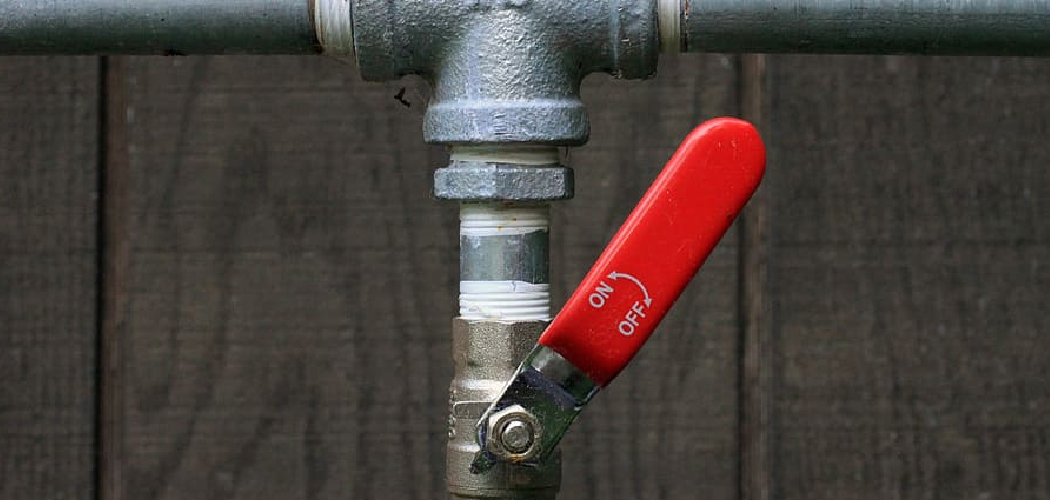Whistling water pipes can be both annoying and indicative of underlying plumbing issues. The high-pitched noise often stems from factors such as high water pressure, loose pipe connections, or blockages within the pipes. Understanding the cause of the whistling is the first step to determining the most effective solution.
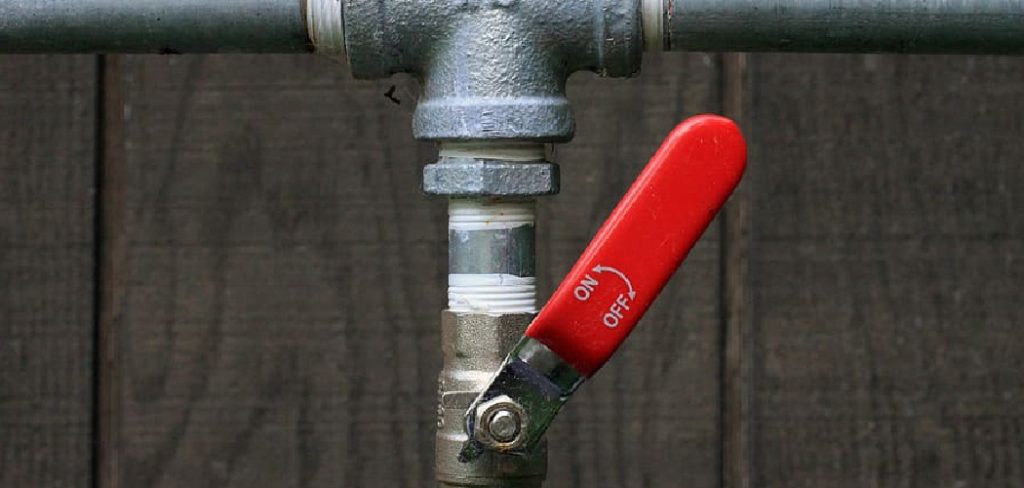
This guide on how to fix whistling water pipes will walk you through common reasons behind whistling water pipes and provide practical steps to address the issue.
Why Do Water Pipes Whistle?
There are several possible reasons why your water pipes may be whistling. Some of the most common include:
High Water Pressure:
If your home has high water pressure, it can cause air to become trapped in the pipes, creating a whistling sound. This is often the case when you turn on a faucet or flush a toilet. High water pressure can also put stress on your pipes, causing them to vibrate and produce noise.
Loose Pipe Connections:
Over time, the connections between pipes may become loose due to age, wear and tear, or improper installation. When this happens, it can create gaps where air can escape and cause whistling sounds.
Blockages:
Accumulations of debris or mineral deposits in the pipes can restrict water flow and lead to whistling noises. This is especially common in older homes with galvanized steel pipes that are more prone to corrosion.
Needed Materials
Adjustable Wrench:
This tool is essential for tightening loose pipe connections.
Plumber’s Tape:
Used to seal the connections between pipes and prevent air leaks.
Pipe Cutter or Hacksaw:
These tools are necessary for cutting and replacing damaged pipes.
Plunger:
If blockages are causing the whistling, a plunger can help dislodge them.
8 Step-by-step Guidelines on How to Fix Whistling Water Pipes
Step 1: Check the Water Pressure
Start by measuring the water pressure in your home to determine if it is above the recommended range of 40-60 psi. To do this, you will need a water pressure gauge, which can be easily attached to an outdoor faucet or hose bib. Turn on the faucet and observe the reading on the gauge. If the pressure is too high, you may need to adjust the pressure regulator, which is usually located near your main water supply line.
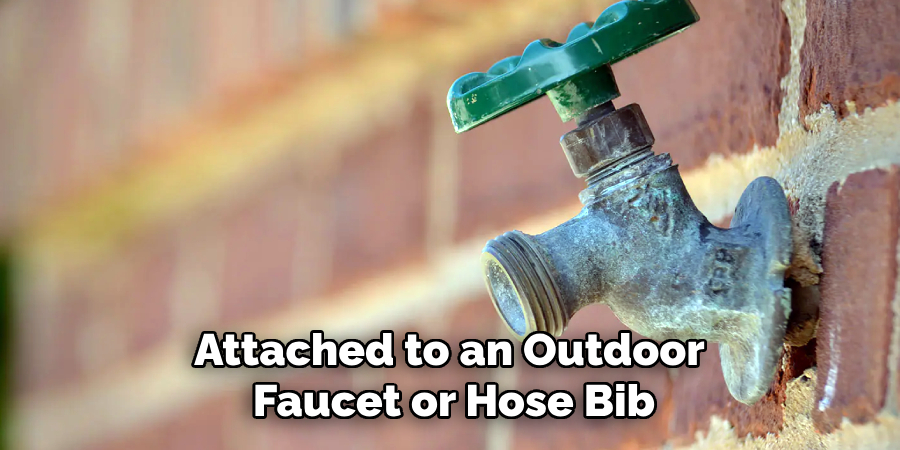
Lowering the pressure can reduce the stress on your pipes and eliminate the whistling sound. If you don’t have a pressure regulator or are unsure how to adjust it, consider contacting a professional plumber for assistance.
Step 2: Tighten Loose Connections
Inspect the pipes in your home for any visible signs of loose connections, especially around joints and fittings. Use an adjustable wrench to carefully tighten these connections, ensuring a snug fit without overtightening, which could damage the threads. If you suspect leaks at the connection points, wrap the plumber’s tape around the threads before tightening to create a better seal and prevent air or water leaks.
This step can help stabilize the pipes and reduce or eliminate the whistling noises caused by vibrations or escaping air. Be sure to check all accessible pipe connections, including those under sinks and near appliances.
Step 3: Check for Blockages
If the whistling persists, you may have blockages in your pipes. To check for this, turn off the water supply to your home and drain all faucets by opening them until they stop running. Then, fill a sink with water and use a plunger to create suction over the drain. This can dislodge any debris or mineral deposits that may be obstructing the pipes and causing the whistling sound.
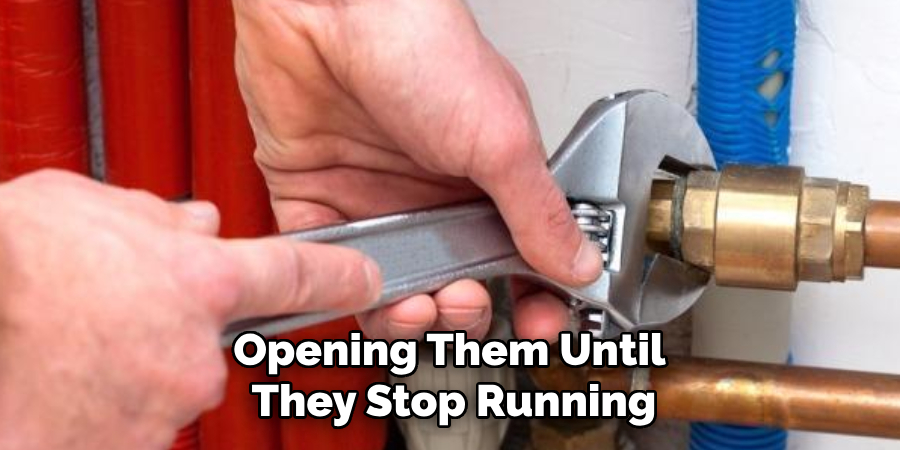
You may also want to check any visible pipes for signs of blockages and use a pipe cutter or hacksaw to remove damaged sections. In some cases, it may be necessary to call a professional plumber to clear more extensive blockages.
Step 4: Insulate Exposed Pipes
If your whistling pipes are located in an unheated area, such as a basement or crawl space, they may be prone to freezing during colder months. This can cause them to expand and contract, leading to vibrations and noise. To prevent this, consider insulating these exposed pipes with foam or pipe sleeves designed specifically for this purpose.
The insulation can also help reduce noise levels and prevent potential damage to the pipes due to freezing or bursting.
Step 5: Install Water Hammer Arrestors
Water hammer refers to the loud banging noises that sometimes occur when you turn off a faucet or appliance quickly. These sounds are caused by a sudden change in water pressure within the pipes and can contribute to whistling noises as well.
Installing water hammer arrestors, which act as shock absorbers for your plumbing system, can help alleviate this issue. They can be easily attached to existing pipes and may require professional installation, depending on their location.
Step 6: Replace Damaged Pipes
In some cases, damaged or deteriorating pipes may be the root cause of whistling noises. If you notice visible damage, such as cracks or corrosion, it may be necessary to replace these sections of pipe.
Use a pipe cutter or hacksaw to remove the damaged portion and replace it with a new section of pipe. Be sure to secure all connections properly and insulate exposed pipes as needed.
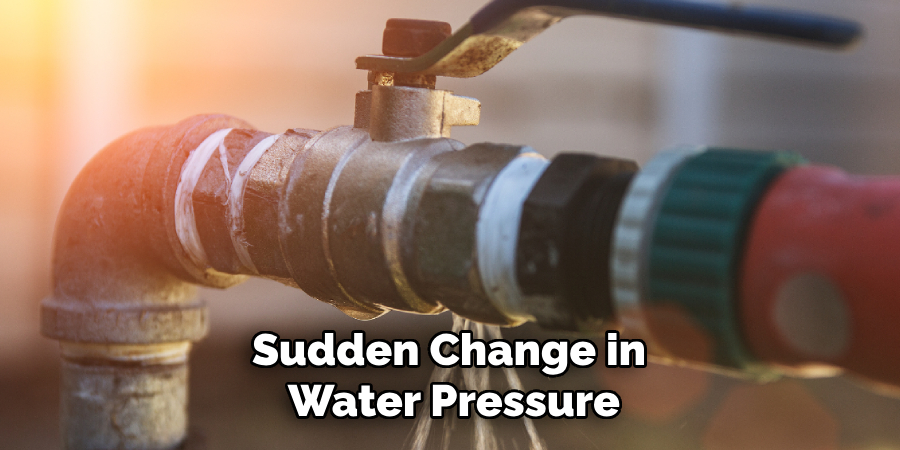
Step 7: Check Your Water Softener
If you have a water softener in your home, it’s possible that it could be contributing to the whistling noise. Mineral deposits from hard water can build up in your plumbing system and affect water flow, leading to whistling sounds. Make sure your water softener is functioning correctly, and consider having a professional inspect it and service it as needed.
Otherwise, you may need to install a water softener if hard water is a recurring issue in your area.
Step 8: Call a Professional
If you have tried all the above steps and are still experiencing whistling water pipes, it may be time to call in a professional plumber. They will have the knowledge, experience, and tools to diagnose and fix any underlying issues causing the noise. It’s important to address these issues promptly, as they can lead to more significant problems if left unchecked.
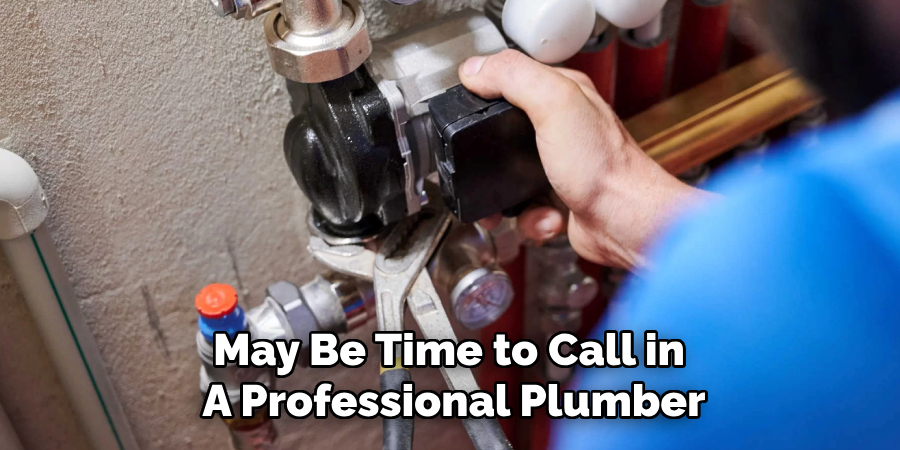
By following these steps on how to fix whistling water pipes and make necessary repairs, you can eliminate whistling water pipes and ensure the proper functioning of your plumbing system. Remember to regularly check for any signs of damage or blockages to prevent future issues and maintain a peaceful home environment.
When to Call a Professional Plumber?
While many issues with whistling water pipes can be resolved with DIY efforts, there are certain situations that require the expertise of a professional plumber. If the whistling noise persists despite following the recommended steps, it may indicate more complex problems within your plumbing system. Structural damage, such as extensive corrosion or hidden leaks, is difficult to detect and repair without professional tools and experience.
Additionally, if your home’s water pressure regulator needs adjustment or replacement and you are unfamiliar with the process, seeking professional assistance is strongly advisable. Similarly, issues involving extensive blockages, damaged pipe sections in hard-to-reach areas, or malfunctioning appliances such as water heaters often warrant a plumber’s help. By calling a professional, you can ensure the problem is addressed efficiently and safely, reducing the risk of further complications and more costly repairs in the future.
Preventative Maintenance to Avoid Future Whistling
To avoid future instances of whistling water pipes, it’s important to regularly maintain your plumbing system. This includes checking for any visible signs of damage or blockages, ensuring all connections are secure, and promptly addressing any issues that arise. In addition to these steps, there are a few preventative measures you can take to help keep your plumbing in good condition:
Monitor Water Pressure:
High water pressure can cause vibrations and noise in pipes. Use a pressure gauge to check the water pressure in your home and adjust if necessary. If your home does not have a pressure regulator, consider having one installed to prevent future issues.
Flush Your Pipes:
Over time, mineral deposits and debris can accumulate in your pipes, causing blockages and affecting water flow. To prevent this, it’s recommended to regularly flush your pipes by turning off the main water supply and opening all faucets until the water stops running. Then, close the faucets and turn on the main water supply again.
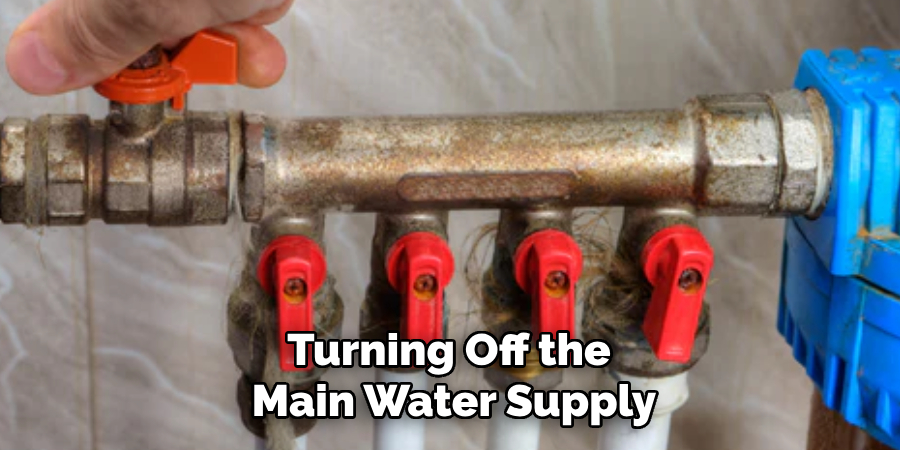
Maintain Water Softener:
If you have hard water in your area, it’s essential to properly maintain your water softener system to prevent mineral buildup in your plumbing. This includes regularly adding salt or other softening agents as needed and having your system professionally serviced every few years.
By following these preventative maintenance tips, you can help prevent future whistling water pipes and maintain the health of your plumbing system. Remember to address any issues promptly and seek professional help if needed for more complex problems.
Frequently Asked Questions
Q1: Can Whistling Water Pipes Cause Damage to My Plumbing System?
A: Whistling water pipes can lead to increased pressure and vibrations, which can ultimately cause damage if left untreated. It’s important to address the issue promptly to prevent potential damage.
Q2: Can I Use Home Remedies to Fix Whistling Water Pipes?
A: Some DIY methods, such as adjusting water pressure or insulating pipes, can help alleviate whistling noises. However, it’s important to properly diagnose the root cause of the issue and seek professional help if needed.
Q3: Will Installing a Water Softener Solve Whistling Water Pipe Issues?
A: In some cases, mineral build-up from hard water can contribute to whistling pipes. Installing a water softener may be beneficial in these situations. However, it’s recommended to consult with a professional plumber for an accurate diagnosis and solution.
Conclusion
Whistling water pipes are a common problem that can be caused by various factors, including high water pressure, loose connections, blockages, and damaged pipes. By following these step-by-step guidelines on how to fix whistling water pipes, you can identify and fix the root cause of the issue to eliminate the noise and ensure the proper functioning of your plumbing system.
Remember to regularly maintain and inspect your pipes to prevent future problems and call a professional plumber if needed. Don’t let whistling water pipes disrupt your home environment any longer – take action today!

